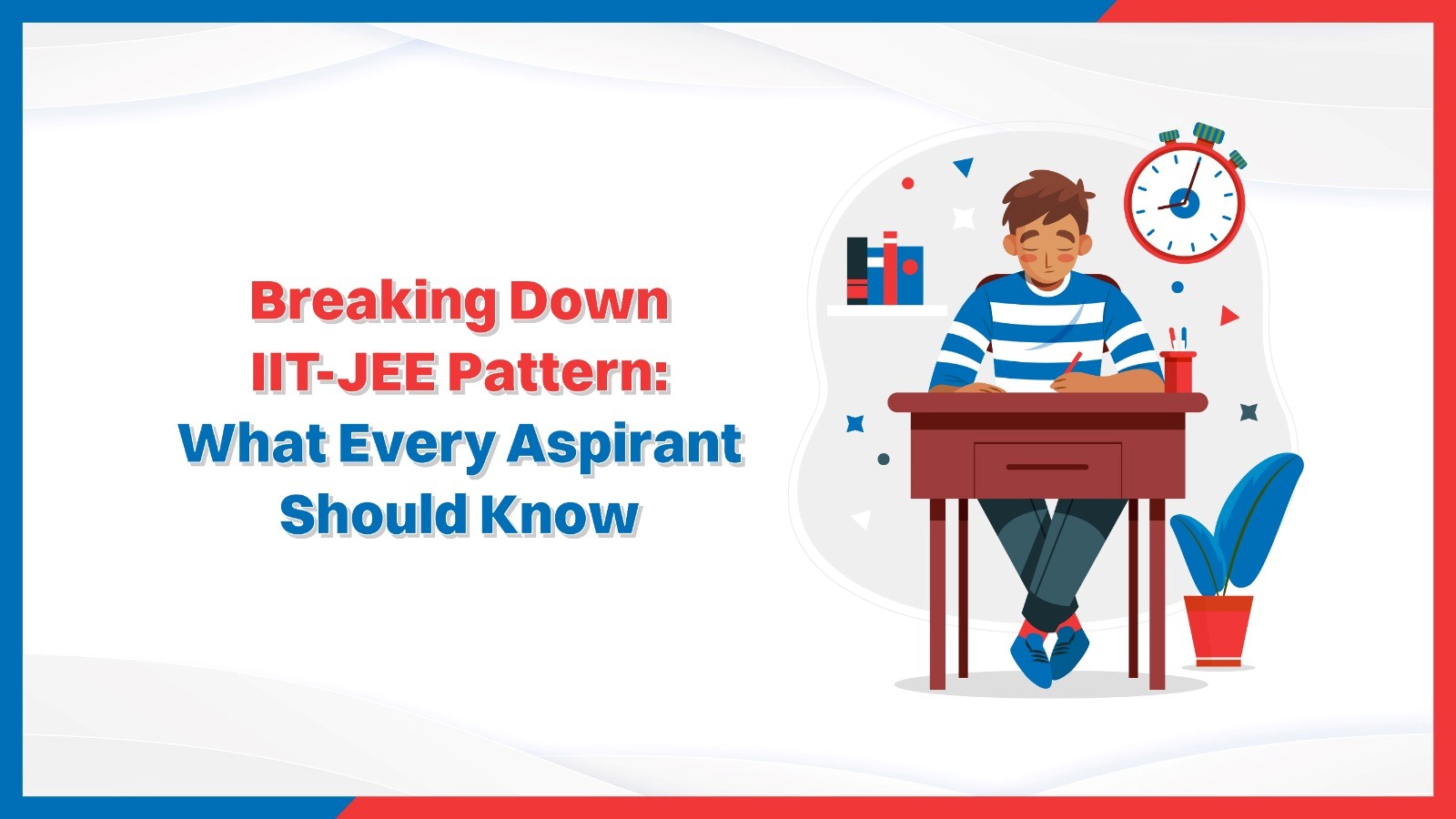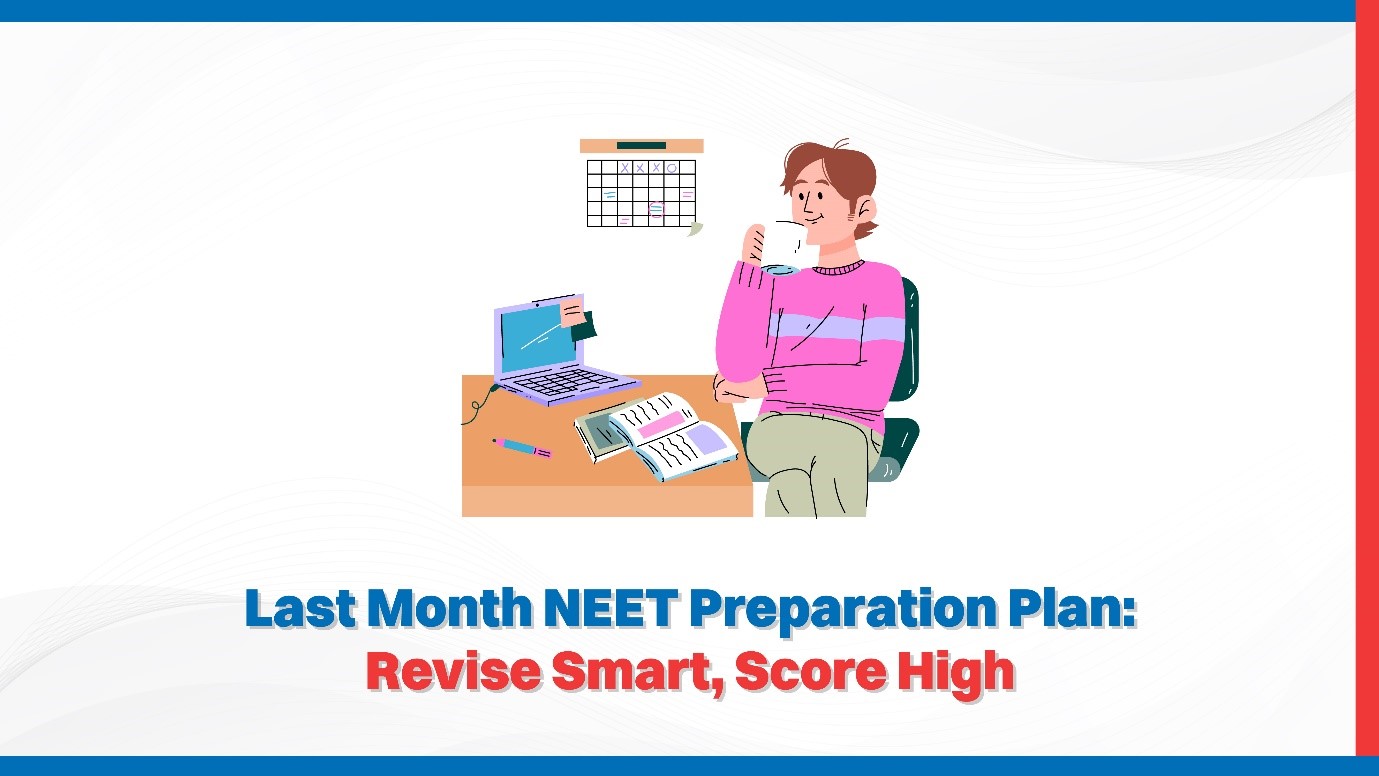
The IIT-JEE (Indian Institutes of Technology - Joint Entrance Examination) is one of India's most challenging engineering entrance tests. Aspiring engineers must understand its pattern thoroughly to increase their probability of success. Here’s a breakdown of the IIT-JEE pattern that every aspirant should know.
Exam Structure
The IIT-JEE is divided into two main exams: JEE Main and JEE Advanced. JEE Main serves as the preliminary test, and its results are grant admission to NITs (National Institutes of Technology), IIITs (Indian Institutes of Information Technology), and other centrally funded technical institutions. JEE Advanced is the next step for those aiming to enter the IITs.
JEE Main
Format: JEE Main is conducted in two papers: Paper 1 and Paper 2. Paper 1 is a Computer-Based Test (CBT) with objective-type questions, while Paper 2 is a Pen-and-Paper test with questions on drawing and design.
Syllabus: The syllabus for JEE Main primarily includes topics from Physics, Chemistry, and Mathematics based on the NCERT curriculum for classes 11 and 12.
Scoring: Paper 1 consists of 90 questions, divided into three sections—Mathematics, Physics, and Chemistry—with 30 questions in each section. Each question has four options, and candidates receive four marks for each correct answer and lose one mark for each incorrect answer. Paper 2 includes questions that assess drawing and spatial ability along with the same three subjects as Paper 1.
Duration: Paper 1 lasts for three hours and is divided into three sections, while Paper 2 also has a three-hour duration but includes drawing questions that require manual response.
JEE Advanced
Eligibility: Only the top 2.5 lakh rankers of JEE Main are eligible to appear for JEE Advanced.
Format: JEE Advanced also comprises two papers, Paper 1 and Paper 2. Both papers are conducted in a Computer-Based Test format and consist of objective-type questions.
Syllabus: The syllabus is more rigorous and may include additional advanced topics in Physics, Chemistry, and Mathematics. It is essential to cover the complete syllabus of Class 11 and 12 as prescribed by the examination authorities.
Scoring: Both papers consist of multiple-choice questions (MCQs), single-choice questions, and numerical questions. Each question may have different patterns of marking and negative marking, making it crucial for students to understand the marking scheme for each type.
Preparation Tips
Understand the Syllabus: Familiarize yourself with the syllabus for both JEE Main and Advanced. Focus on concepts and avoid rote learning.
Practice Regularly: Regular practice of NTA JEE Mains mock tests is crucial to understanding the exam pattern. NTA JEE Mains Mock Test will prepare you well. There are plenty of JEE Mains Mock Test Free Online and paid JEE Mains Online Tests available.
Time Management: Develop strategies to manage time effectively during the exam. Practice solving questions within the allotted time frame.
Conclusion
The IIT-JEE pattern demands a strategic approach involving a clear understanding of the syllabus, consistent practice, and efficient time management. By breaking down the pattern and preparing systematically, aspirants can enhance their chances of success in this worldly prestigious examination.













